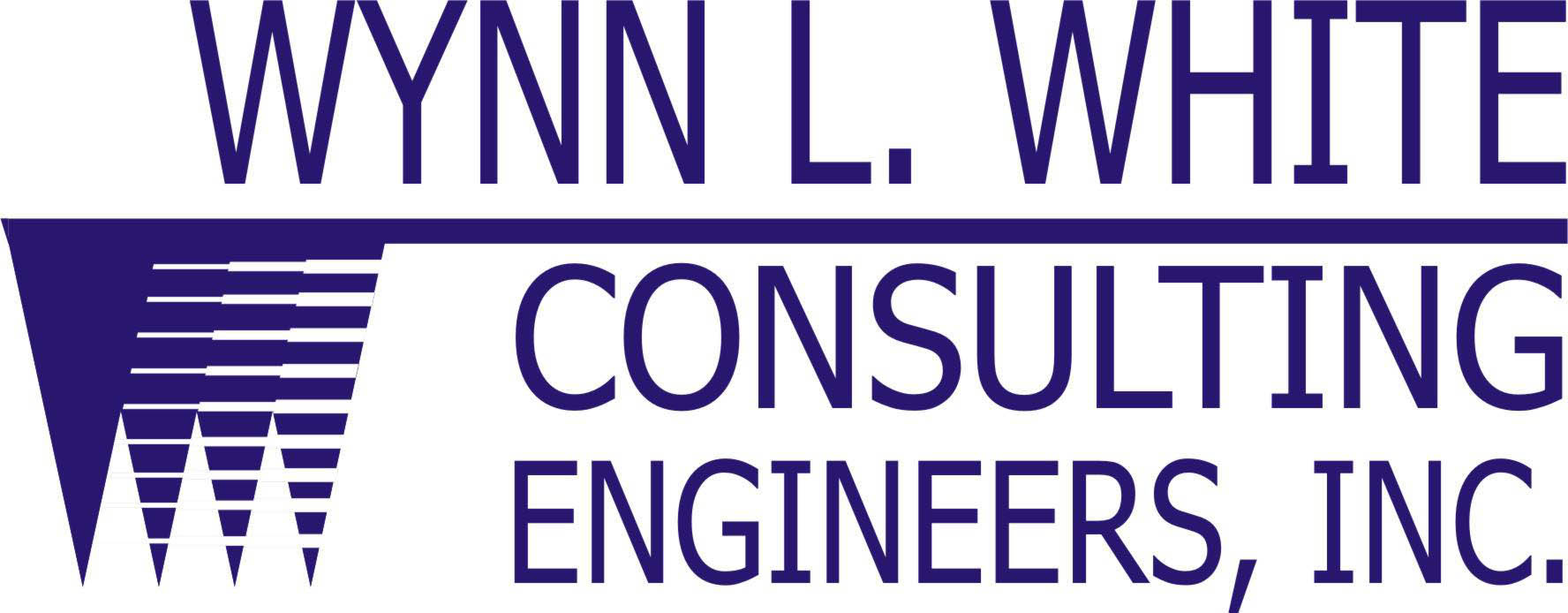It’s definitely that time of year – storm season. The 10 year anniversary of Katrina is tomorrow, and the 10 year anniversary of Hurricane Rita is coming up next month. By the way, are you watching the news coverage about Hurricane Katrina, or are you avoiding it? I can certainly understand wanting to watch it – or steer clear of it. Anyway, Tropical Storm Erika is coming, and right now the National Hurricane Center has Tropical Storm Erika going up the Florida peninsula.
That may happen, but if you’ve watched the projected path over the last couple of days, you’ve probably noticed the shift from the Atlantic track to the present forecast. That’s a big shift west – and I can’t help but wonder what other changes are coming. I remember late changes to storm tracks past where we thought we’d dodged trouble, only to find ourselves hit harder than expected.
If you’ve read the newspaper, watched the news or Weather Channel, listened to the radio, or been on the web at all, you may have become tone deaf to the whole “don’t let your guard down and prepare anyway” message you’ll hear – even if you’re in an area not in imminent danger of tropical weather. I understand that – but at the risk of being repetitive, it’s still a good idea to make sure you’re prepared.
It’s best to prepare for the worst and have nothing happen. The best surprise is no surprise.
In the past, we’ve discussed the four phases of emergency management: mitigation, preparedness, response and recovery. The storm is coming pretty soon, so at some point we’ll move from preparation to perseverance, then recovery.
A quick resource for preparedness and recovery is FEMA’s web site.
The site has materials that will help you plan for a disaster, and a successful recovery.
If you’re in the path of Tropical Storm Erika, I hope this storm just brings some rain to your region, and that you, your families, friends, and your businesses are safe.
No matter what, use caution in all aspects of preparedness, weathering the storm, and recovery. Be careful when getting generator fuel, storing the fuel, and running the generator (I’m thinking of carbon monoxide hazards from improper generator location/use).
After the storm, implement your disaster recovery plan.
Also be careful when moving around after the storm – driving and walking around can be hazardous due to flooded areas, downed power lines, and even snakes and animals driven into areas we occupy.
And be especially careful when entering storm damaged buildings. If you’re uncertain as to whether a structure is unsafe for any reason, stay out until you determine the area is safe for occupancy (or you can get a qualified person to help you make the determination).
Last (and by all means not least), don’t get complacent. Even though storm predictions may say that the storm will miss you, don’t take your eye off the ball.
There are all kinds of websites and apps for tracking storms, but you can’t go wrong with the National Hurricane Center’s website.
The site gets regular updates as the models and storm track changes. If you need help preparing or responding to an emergency, email me.
Your safety and well being are of the utmost importance to us. Not responding properly to a serious health issue can prove to be catastrophic to any organization.
Stay safe, my friends.
